Understanding the Recent Surge: Inflation Rate Climbs to 2.4% in March
Table of Contents
- US inflation below 5% for first time in two years - BBC News
- Business Headlines: New inflation numbers show increase in August ...
- PIDS - Philippine Institute for Development Studies
- Malaysia’s inflation rate rose 4.5% year-on-year in September, which is ...
- U.S. headline inflation rises to 3.2% in July | CNN Business
- us inflation: What to watch for in United States' inflation report ...
- Inflation Cools to 5% in March, but It’s a Long Road Back to Normal ...
- US Inflation at its highest level in 40 years
- America’s inflation at highest in 41 years
- Inflation Is Still High. What’s Driving It Has Changed. - The New York ...

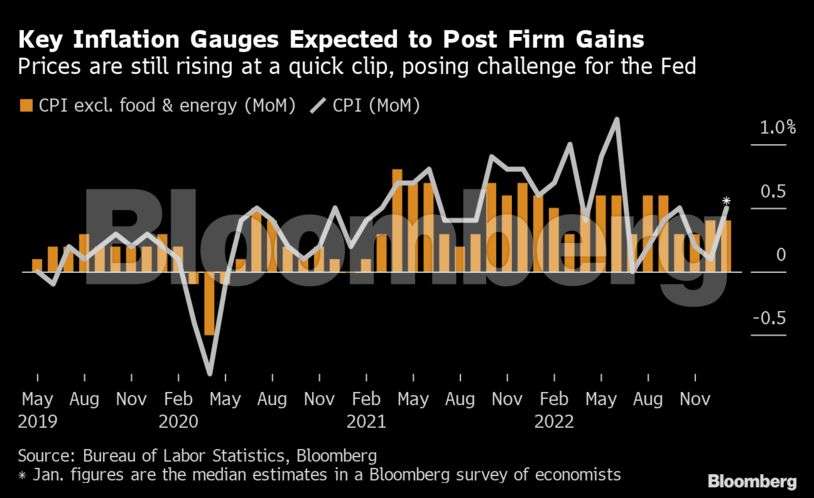
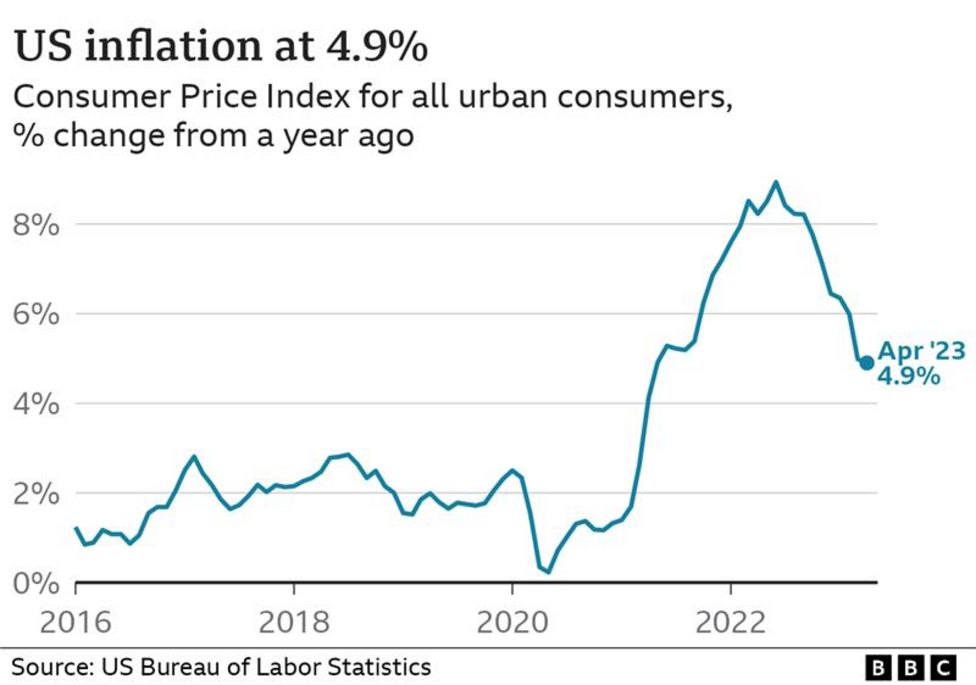
What is Inflation, and Why Does it Matter?


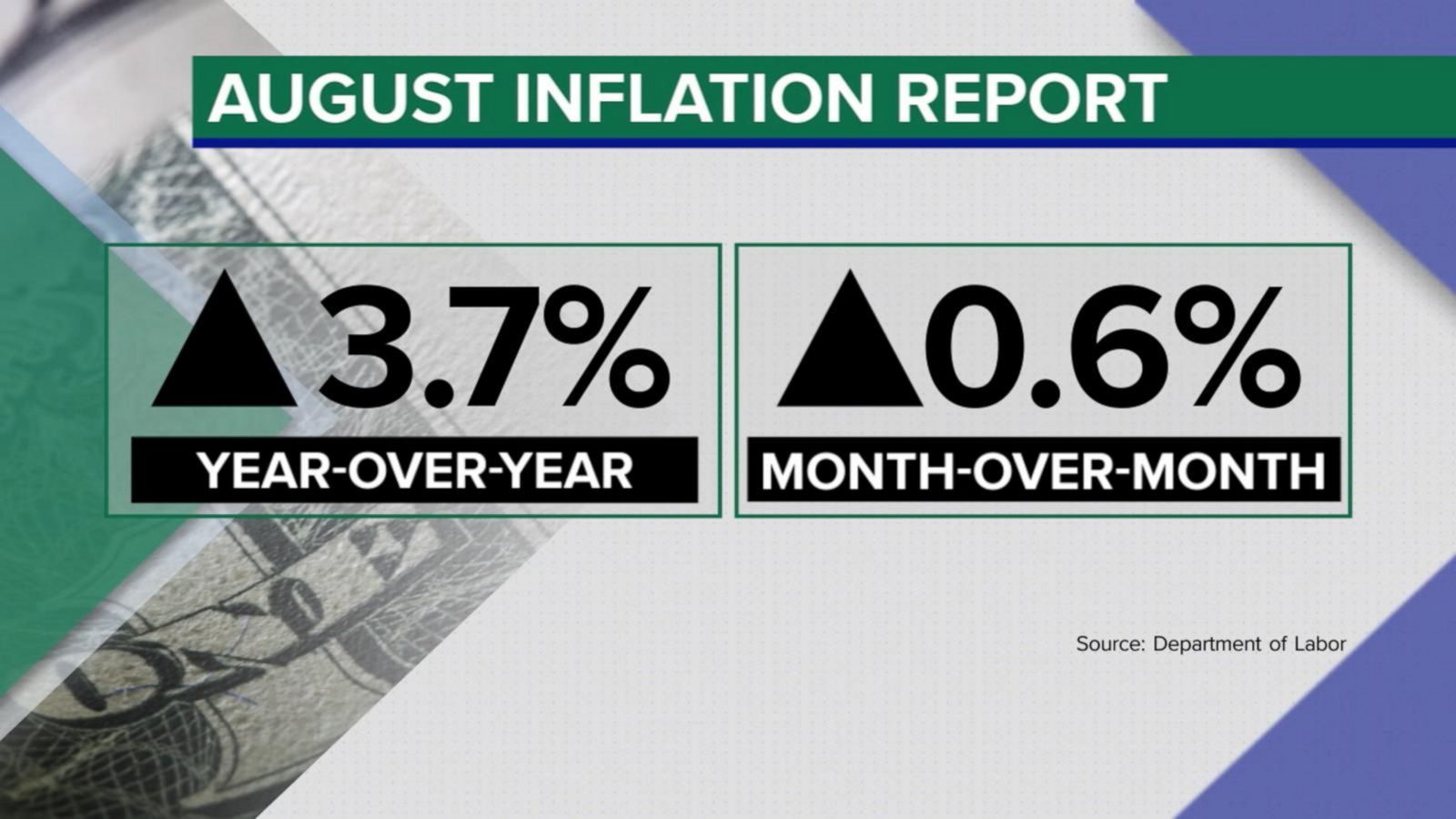
Breaking Down the Numbers
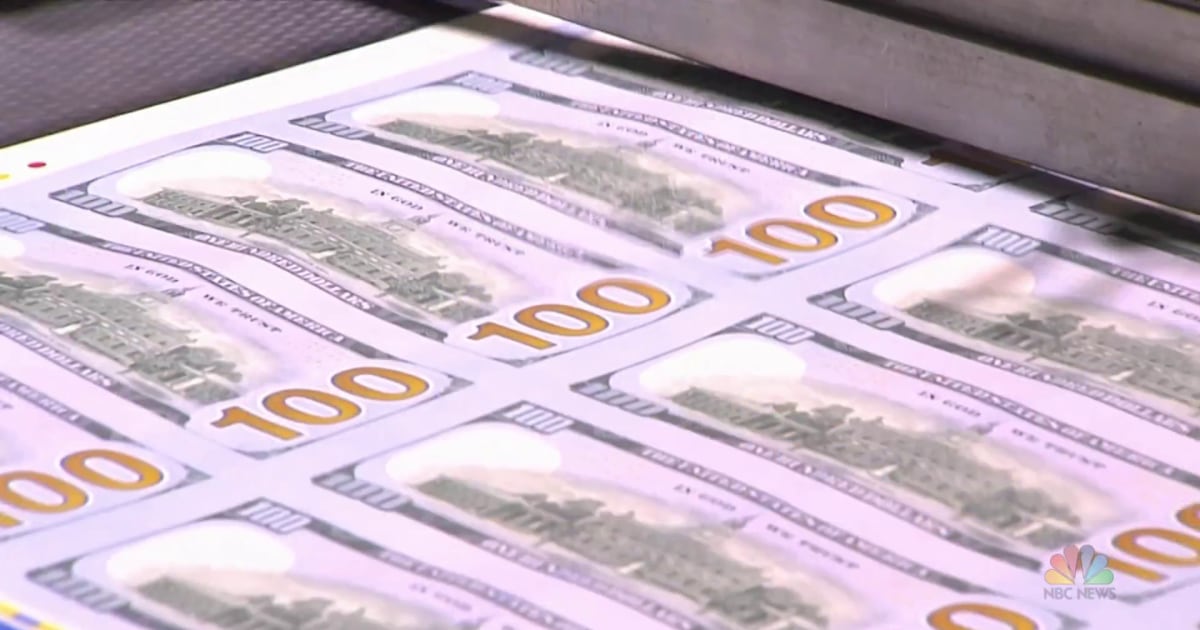

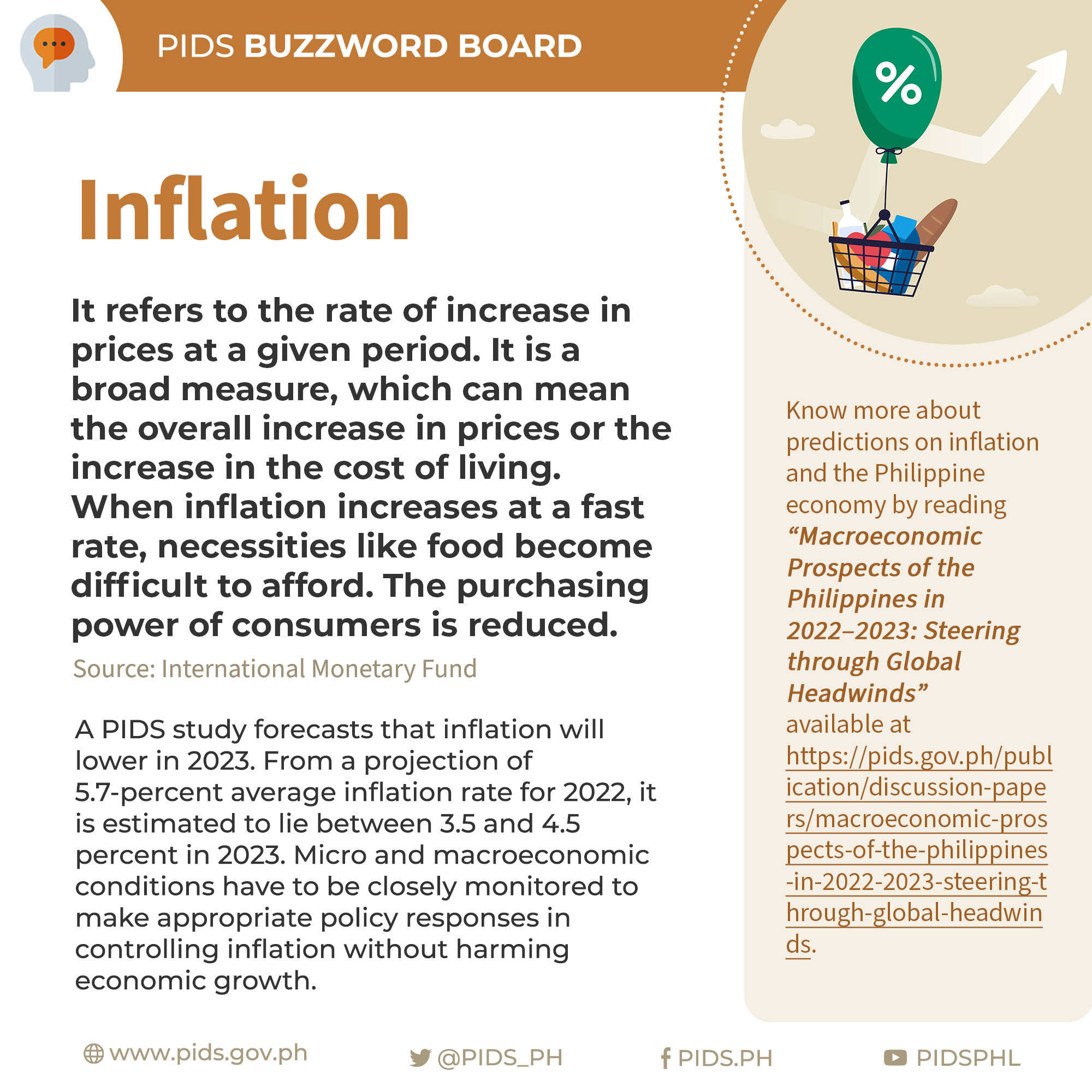
Implications and Concerns
The rising inflation rate has significant implications for the economy and consumers. Higher inflation can: Erode purchasing power: As prices rise, the same amount of money can buy fewer goods and services. Reduce savings: High inflation can reduce the value of savings over time. Influence interest rates: The Federal Reserve may respond to high inflation by raising interest rates, which can impact borrowing costs and economic growth.
Expert Insights and Outlook
Economists and experts are closely watching the inflation rate, with some predicting that it may continue to rise in the coming months. The Federal Reserve has set a target inflation rate of 2%, and any significant deviations from this target can impact monetary policy decisions. As the economy continues to grow, it is essential to monitor the inflation rate and its impact on consumers and businesses. The latest CPI report serves as a reminder of the importance of understanding the complex relationships between economic indicators and their effects on our daily lives. The recent surge in the inflation rate to 2.4% in March is a significant development that warrants attention. As consumers, businesses, and policymakers, it is crucial to understand the causes and implications of inflation and to be aware of the potential effects on the economy and our personal finances. By staying informed and up-to-date on the latest economic trends and reports, we can better navigate the complexities of the economy and make informed decisions about our financial futures.Source: CBS News